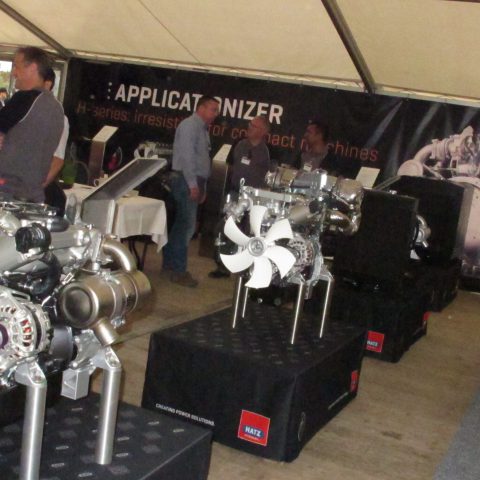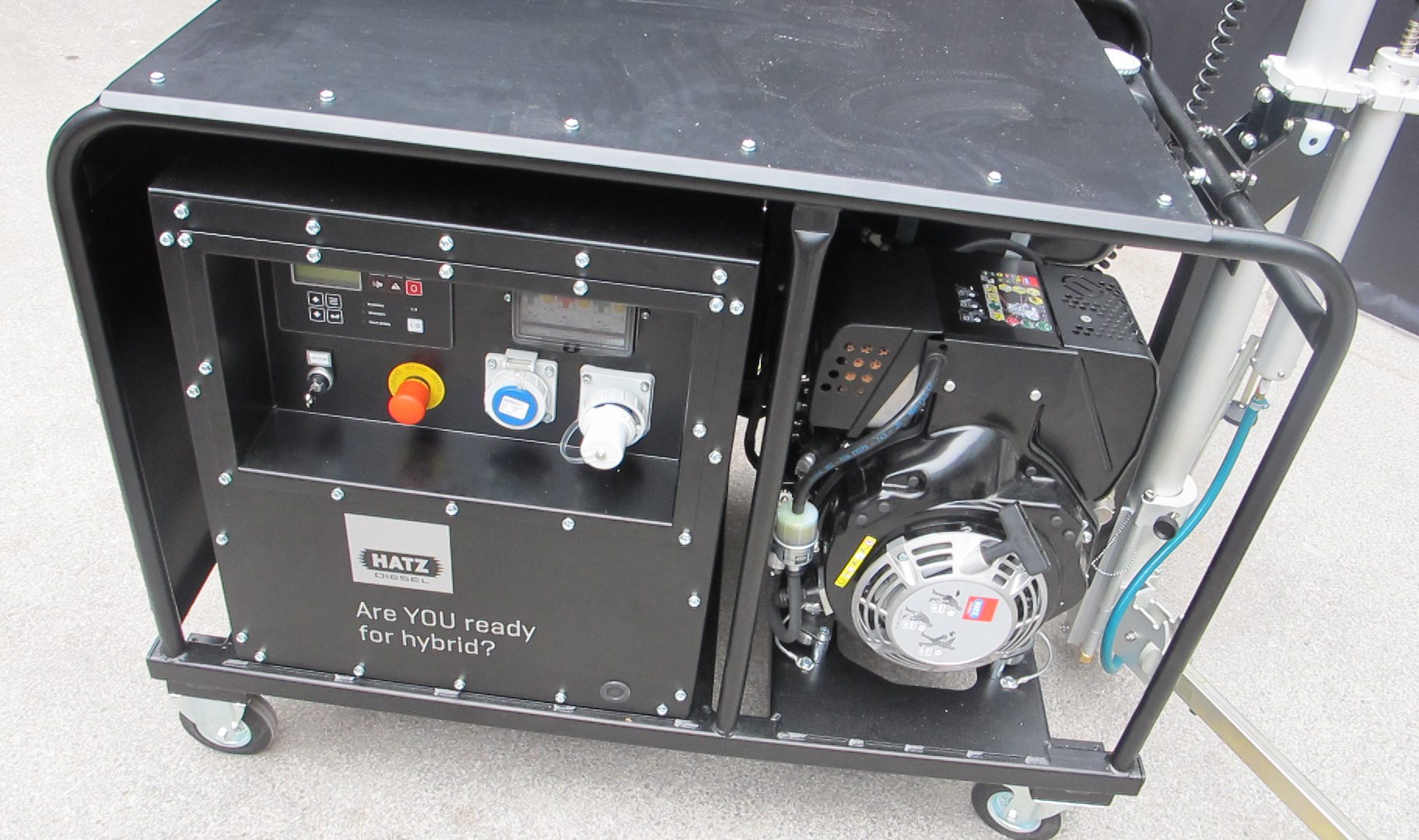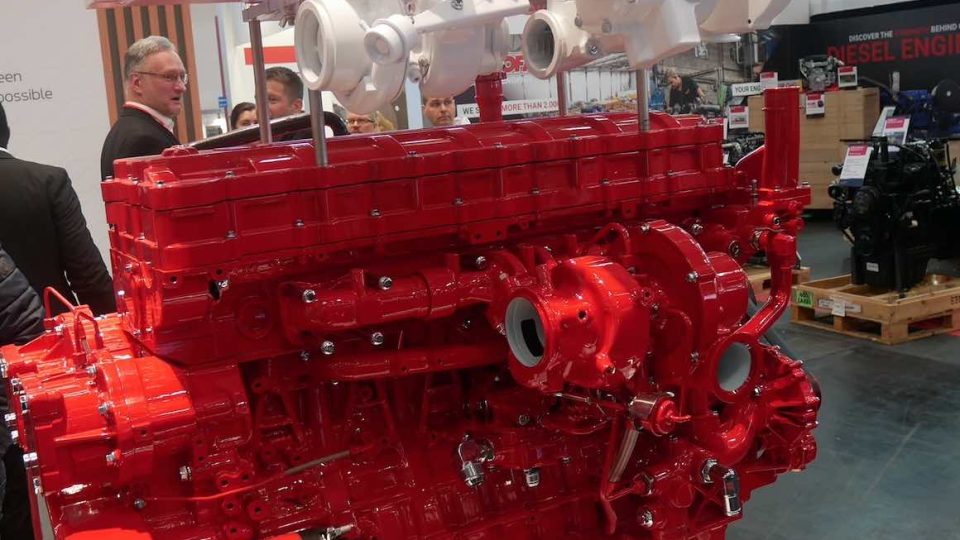Hatz and the beginning of 2021
Hatz at the beginning of 2021 answers to this question: Is the 25 kilowatt threshold going to be really obsolete?

Also at the beginning of 2021 Hatz fosters the use of electronically controlled engines as they enable machine control strategies one could not event think of with mechanically controlled ones (HERE find E1 technology). Control via the CAN BUS J1939 protocol allows for continuous monitoring of the engine-machine interface. The single cylinders of the E1 series rely entirely on electronic injection control. An HDS team was set up in Ruhstorf to handle remote diagnostics.
Hatz and the beginning of 2021 with HDS2
The HDS2 diagnostic tool was developed jointly by Hatz and Bosch, that took care of the injection system for the electronically controlled single-cylinder E1 as well as for the H series. The ECU was developed by Hatz together with a US-based partner, which allows E1 single-cylinder engines to be certified both as EPA Tier 4 Final and Stage V with no need to derate the engines.

Is electronics bound to gain ever more ground, then?
E1 models fit in the same footprint as their mechanical counterparts, plus they come in different configurations with horizontal or vertical shaft, and different displacements, starting from the 347 cc of the 1B30E up to the 722 cm of the 1D90E – actually, the most powerful single-cylinder diesel engine on the market, with its 11 kW. The IoT dashboard allows for the direct remote monitoring of fleet parameters. On the American market, Hatz’s offer consists solely of the electronic versions, so that we would not have to include derated engines that do not meet the needs of OEMs. To name but one example, a software was developed specifically for Hatz by ifm electronics whereby it is possible to monitor all parameters and enable active interaction with the engine.









